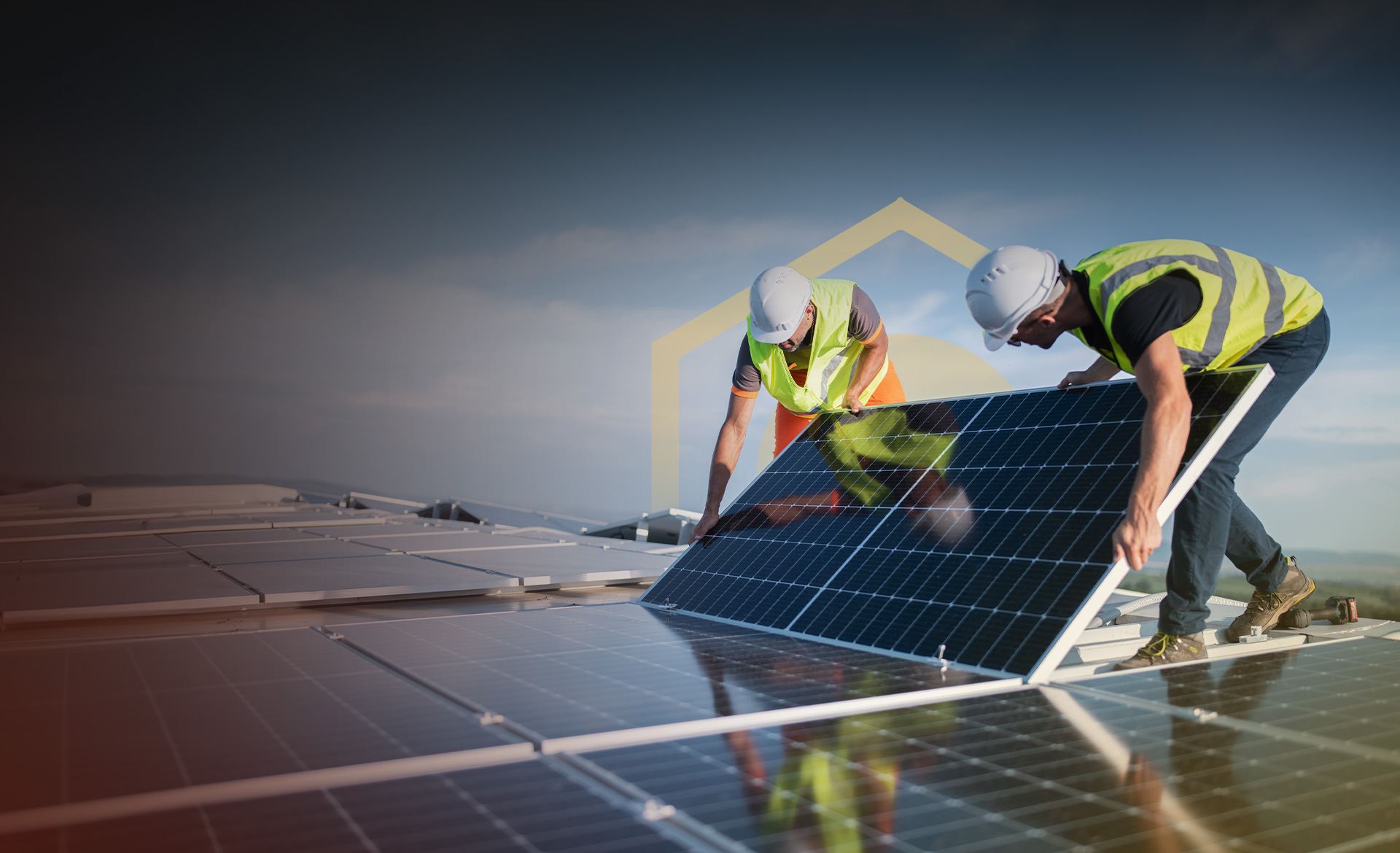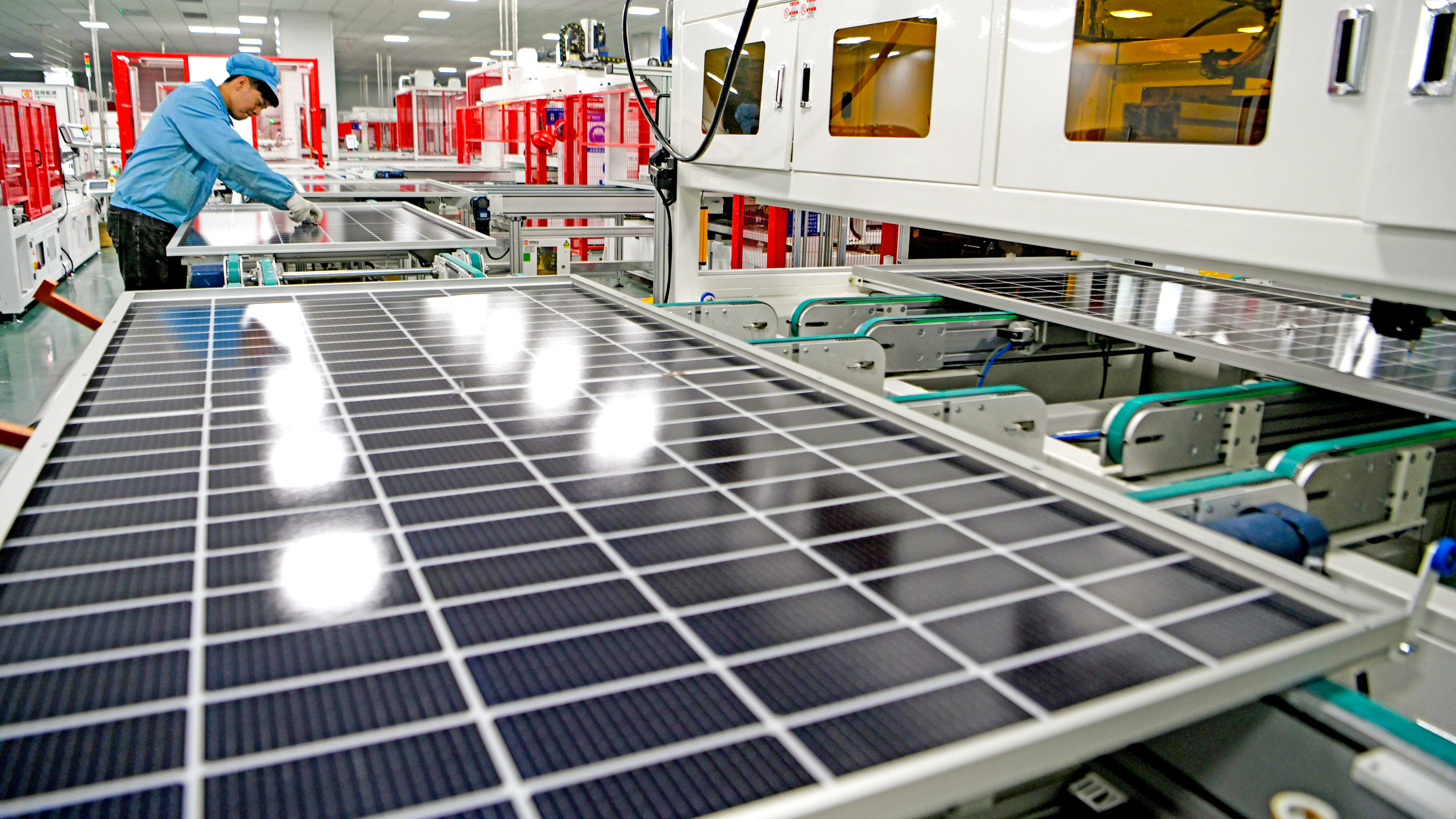Home Solar Savings PA: Our Company Concentrates On The Installation And Management Of Photovoltaic Energy Systems
History and Development of Photovoltaic Panel Companies
The beginning of photovoltaic panel companies can be traced back to the 1800s when Alexandre Edmond Becquerel discovered the photovoltaic impact. Would he have envisioned how his discovery would change the method we harness energy?
Early Starts

In 1954, Bell Labs established the first practical photovoltaic cell. This marked a considerable milestone in the history of solar power. They were at first utilized to power area satellites, however who knew this was just the beginning?
Development and Development
- In the 1970s, an energy crisis led to increased interest in renewable resource sources, including solar power.
- By the 1990s, improvements in technology and increasing ecological awareness caused the growth of solar panel companies globally.
A New Age
As we entered the 21st century, the solar industry saw a rapid development. The demand for clean and renewable resource brought about a brand-new period in the solar panel industry.
Remarkable Realities
- The world's first solar energy station was developed in 1982 in Hisperia, California.
- By 2019, solar energy had become the world's fastest-growing source of power.
Undoubtedly, the journey of solar panel companies has been remarkable, hasn't it? The future holds tremendous potential, with continuous advancements leading the way for a sustainable future. Can we envision a world powered entirely by solar power?
Progressing
Today, photovoltaic panel business continue to innovate, aiming for more efficient and cost-effective solutions. The advancement of solar energy has actually come a long way, and yet, the journey has simply started.
The Core of Solar Panel Production
Ever wonder what enters into producing those glossy, sun-loving solar panels? The procedure is as outstanding as the end product (Solar Panel Installation Pennsylvania). High-purity silicon, the main active ingredient in photovoltaic panels, undergoes numerous changes to ensure its performance and durability
From Sand to Silicon
Crystalline silicon, the backbone of the majority of photovoltaic panels, stems from basic sand. It's a remarkable journey, isn't it? The sand undergoes a high-temperature response with carbon to form silicon. However, this isn't just any silicon. The silicon used in solar panels is "solar-grade," with a pureness of 99.9999%. It's this pureness that makes it possible for the panels to effectively convert sunshine into power.
Ingot Formation
As soon as the silicon is pure enough, it's time to form ingots. Photo a big, round block of solid silicon. How is this achieved? Through a procedure called Czochralski process, where the silicon is melted and then gradually recrystallized. It's a sluggish dance of science, resulting in a solid product that is nearly as pure as the raw silicon itself.
Slicing into Wafers
The ingots are then sliced into wafer-thin pieces, like slicing a loaf of bread. Each piece is a prospective solar battery, waiting to harness the power of the sun. Did you understand that the silicon wafers are just about 200 micrometers thick? That has to do with half the thickness of a human hair! The procedure requires precision and persistence, but the outcome is a set of wafers prepared to be turned into solar cells.
Producing Solar Cells
With the wafer prepared, it's time for the magic to occur. The silicon wafer is 'doped' with other components like phosphorous and boron to produce an internal electrical field. It's this field that allows the conversion of sunshine into electrical power. Complex, isn't it?
Assembly and Quality Control
Solar battery resemble puzzle pieces that come together to form a photovoltaic panel. The cells are soldered together in a grid-like pattern, then covered with a protective layer of glass. The final action involves strenuous quality assurance checks. It's vital that every solar panel carries out at its peak, would not you concur?
Expert Idea
Constantly remember that even the most efficiently produced photovoltaic panel can lose performance due to dirt and debris accumulation. Routine cleaning can considerably improve your panels' efficiency.
Understanding the Environmental Effect of Photovoltaic Panel Business
Ever pondered the environmental footprint of a solar panel company? Green technology, such as solar, has transformed our energy landscape, but what about the behind-the-scenes effect?
The Production Process: A Double-Edged Sword
The manufacturing process for photovoltaic panels requires a significant quantity of energy. This procedure, called 'em bodied energy', can be considered as a type of 'energy financial obligation'. It's a little like borrowing today's sunshine to power tomorrow's energy requirements. Stress not, the energy payback time is often much shorter than you 'd believe!
- The energy payback period for photovoltaic panels is normally 1-4 years.
- After this period, the energy produced is basically carbon-free.

Life After Decommission
And what happens when a photovoltaic panel reaches completion of its life-span? Can it just be tossed into the garbage? No, that wouldn't be very green, now, would it?
A viable solution is recycling. While photovoltaic panel recycling is still in its infancy, it holds a world of capacity. Recycling not just keeps materials out of land fills but likewise decreases the requirement for brand-new raw products.
Accountable Sourcing: More Than A Buzzword
Where does the silicon originated from, you ask? The market's demand for silicon and rare minerals can lead to damaging mining practices. Responsible sourcing is therefore imperative to decrease damaging environmental impacts.
Reduced Carbon Emissions: The Larger Photo
Let's not forget the larger photo: solar power significantly reduces carbon emissions. Once set up, photovoltaic panels generate clean, renewable resource, balancing out their preliminary manufacturing footprint.
Simply put, the environmental impact of solar panel business is a complex issue. However, with accountable practices, the guarantee of a cleaner, greener future is well within our grasp.

Financial Performance and Market Share of Photovoltaic Panel Companies
Ever wondered why some solar panel companies - Solar Installers Pennsylvania beat others in the market? What sets them apart? The key depend on their financial performance and market share
Financial Performance: A Vital Indicator
Financial efficiency plays a pivotal role in the success of any service. For photovoltaic panel business, it's no different. Strong monetary efficiency allows these business to purchase innovative innovation, research, and development, thus developing premium, effective solar panels.
How do they achieve this? With a concentrate on expense effectiveness and tactical investments. Companies that manage to lower production costs without compromising on quality tend to fare better in the market.
Market Share: A Procedure of Success
Market share, on the other hand, is a direct reflection of a business's popularity amongst customers. A high market share suggests more house owners are selecting their solar panels over competitors.
So, what's the secret dish for gaining a larger market share? It comes down to consumer fulfillment and brand name track record. Business that prioritize client requirements and maintain a favorable brand image are more most likely to record a bigger share of the marketplace.
- Customer Satisfaction: Photovoltaic panel business that deliver dependable items and exceptional customer support tend to have higher client fulfillment rates.
- Brand name Reputation: A strong brand name reputation is built in time through constant delivery of quality product or services.
Financial Efficiency and Market Share: The Cooperative Relationship
Remarkably, the relationship in between financial performance and market share is not one-sided. They feed off each other. A strong financial performance can increase a company's market share, while a high market share can improve monetary performance.
As a solar panel company, stabilizing these 2 elements is crucial for long-term success. A business that disregards either of them might find it hard to maintain its position in the competitive solar industry.
The Takeaway
What does all this mean for you? Whether you're a property owner wanting to install photovoltaic panels or a financier eyeing the check here solar market, understanding the monetary efficiency and market share of photovoltaic panel companies is necessary. They are crucial indications of a company's health and potential for future growth.